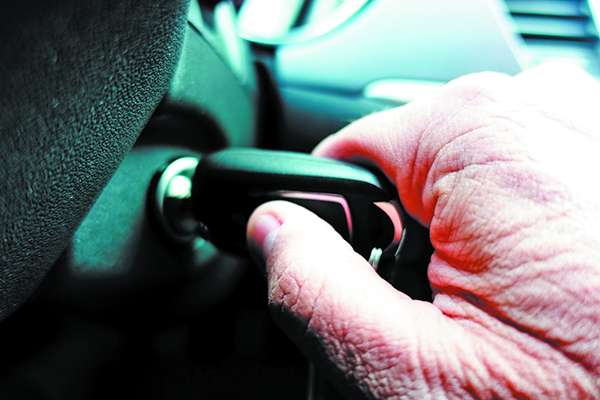If you’re a waiter/waitress or have any other job that comes with the expectation of a tip, don’t set those expectations too high if your customer is a millennial. According to a new study from CreditCards.com, millennials are America’s worst tippers—and in case you hadn’t noticed, this generation has aged and is not mostly strapped students anymore. In fact, millennials range up to 37 years old now—knocking on the door of middle age.
And they’re cheap.
The study found that Americans age 18 to 37 are not only stingier with tips across the board but are the generation that would most like to do away with the culture of tipping altogether. Some of the details…
Millennials are most likely to stiff their servers. About 10% of millennials routinely leave no tips whatsoever to restaurant waiters and waitresses—no matter how good service was. And many of those who do tip in restaurants don’t tip well: About one-third of millennials typically tip less than 15% even though 15% to 20% is the overall standard.
When given a choice, millennials go low. Many settings these days—coffee shops, rideshare services, food trucks and others—offer patrons a choice of several predetermined tip options using electronic payment screens. The study shows that 17% of millennials routinely select the lowest option presented…and 20% routinely leave nothing at all. No other age group was so stingy.
The oldest Americans, Northerners and women are the best tippers. According to the study, 55% of respondents ages 65 and up reported leaving 20% or more at restaurants as their typical tip, the highest percentage of any demographic. Women tended to tip more than men, with median tips of 20% and 16%, respectively. People in the Midwest and Northeast reported tipping more than Western and Southern diners, the latter being most likely to leave no tip at all. Married people reported tipping more than singles, and people with college degrees and higher incomes tip more as well.
If you are in a service business: If you own a business where workers traditionally receive gratuities, you might want to make adjustments so your employees don’t end up serving millennials for below-reasonable pay—for example, a growing number of restaurants are adding service fees to the cost of food and telling all customers “no tip expected.” Be careful, though, because older Americans, according to the survey, actually prefer to pay lower prices for food and to leave more-generous tips, and some restaurants that have instituted a no-tipping policy have dropped it after finding that they lost customers as a result. Lesson: For a service business and for its employees alike, a no-tipping policy may work well only if a great many of your customers tend to be around 18 to 37 years old.
And if you are a millennial: People are working hard for you. Maybe you could open your wallet a little bit wider?



